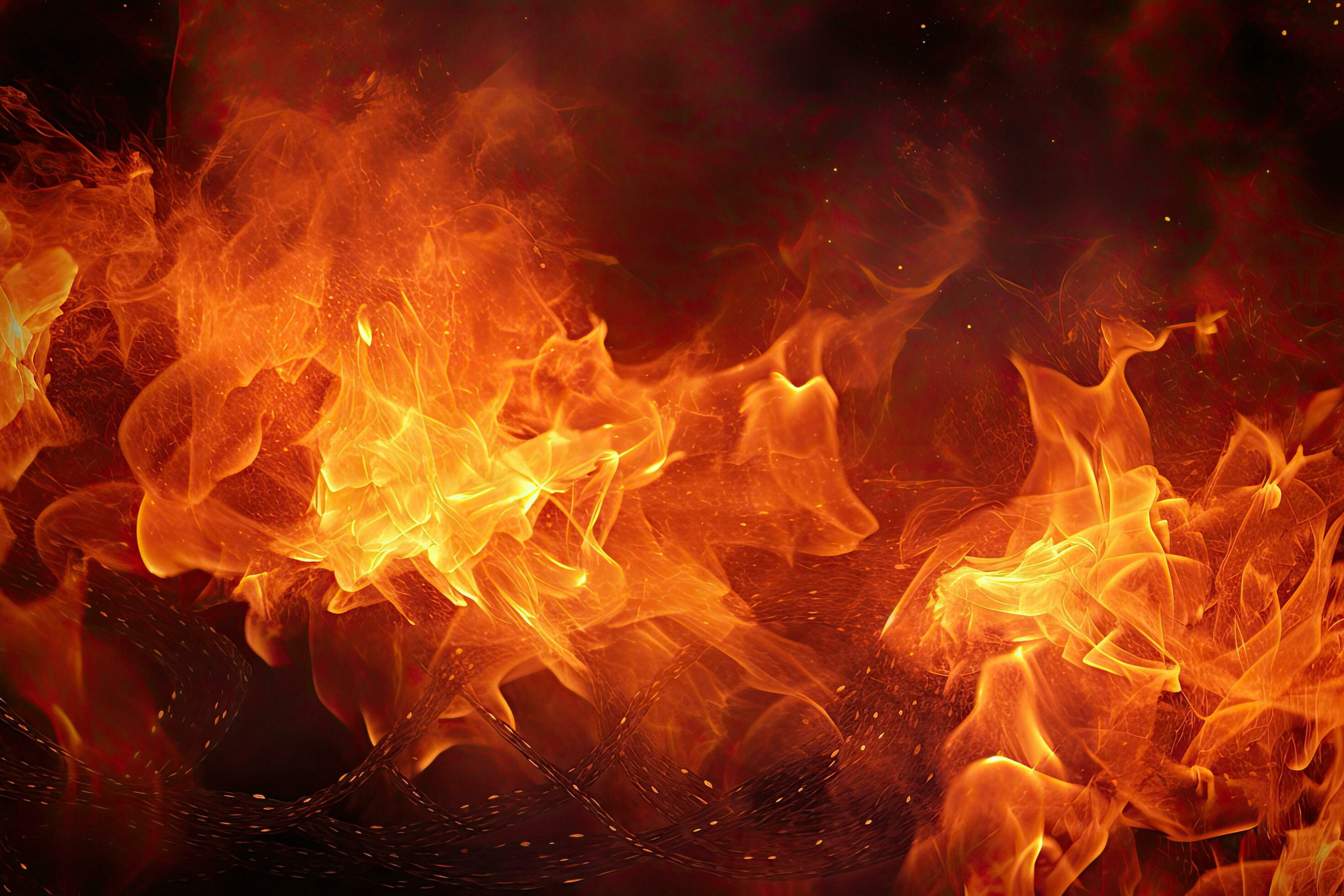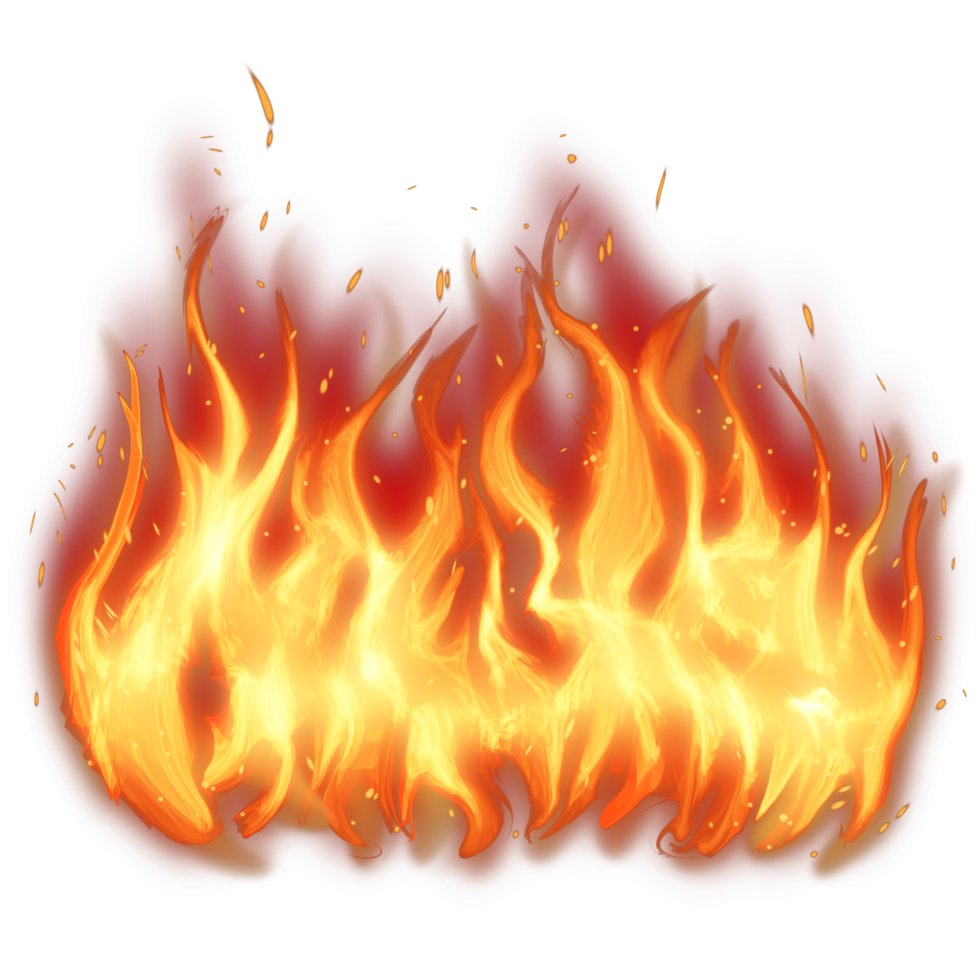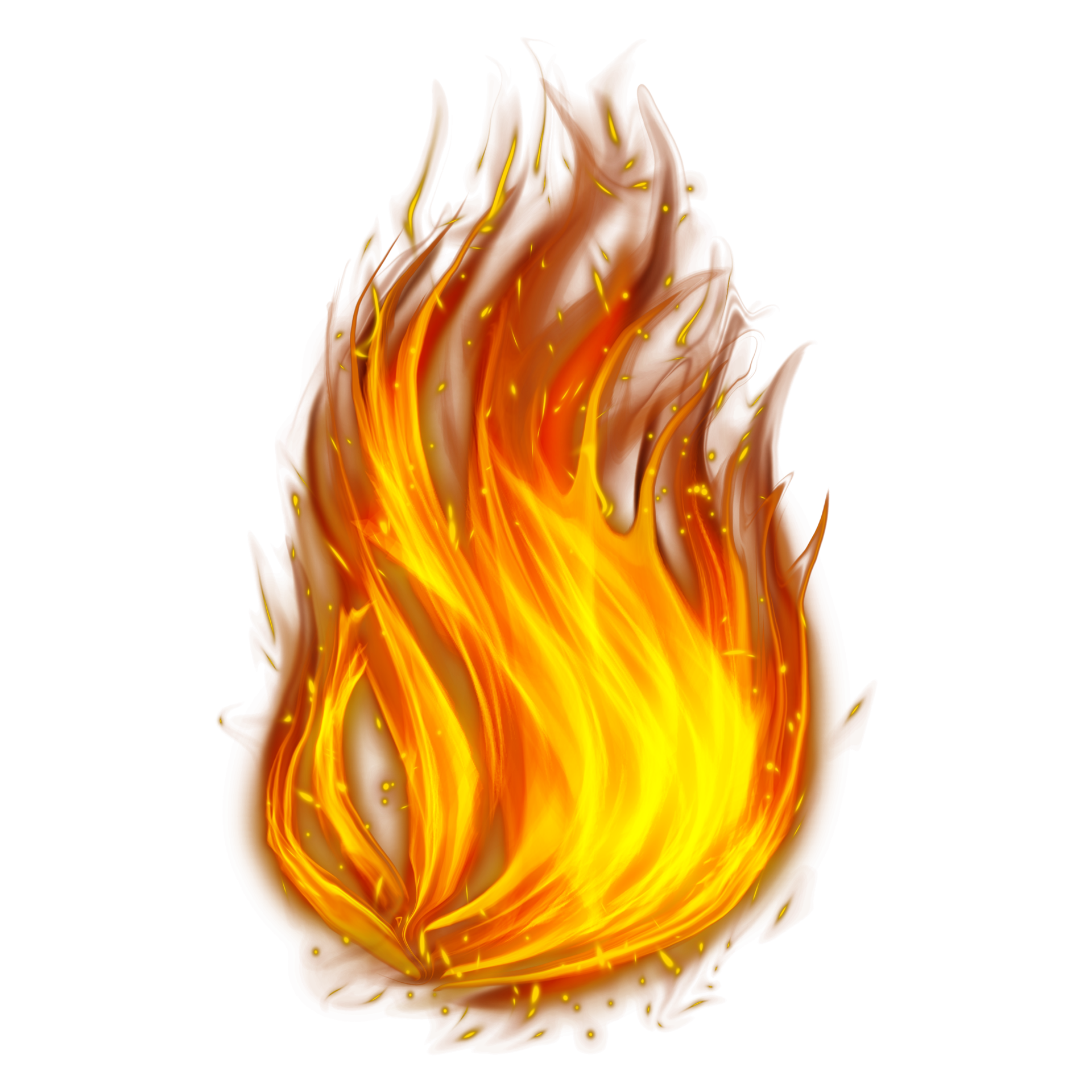Understanding What Is Fire Signage For Safety
Fire safety is, you know, a really big deal, and having the right information when things get tough can make all the difference. When we talk about what is fire signage, we are, in a way, pointing to those silent guides that show us the way to safety. These aren't just pretty pictures on a wall; they are critical pieces of a much bigger safety plan. They help people find their way out, locate important equipment, and understand dangers quickly, especially when every second truly counts.
Think about it: in an emergency, like a building fire, panic can set in pretty fast. That's when clear, easy-to-spot signs become your best friend. They tell you where the nearest exit is, where to find a fire extinguisher, or even where to gather once you're safely outside. It's almost like having a quiet helper in a noisy, confusing moment, giving you simple directions when you might not be thinking straight, so.
Beyond the signs you see inside buildings, the idea of "fire signage" also stretches to how we get information about larger fire threats, like wildfires. Just as an exit sign guides you from a smoky room, digital alerts and maps act as a kind of modern signage for vast outdoor dangers. They tell us where a fire is burning, how fast it's moving, and what areas might be at risk. This broader view of signaling helps us prepare and manage big emergencies, too it's almost, so important for communities.
Table of Contents
- Understanding What Is Fire Signage for Safety
- Why Clear Fire Signs Matter So Much
- Types of Fire Signage You Might See
- The Bigger Picture: Signals for Wildfire Safety
- Who Looks After Fire Signage Rules?
- Common Questions About Fire Signage
Why Clear Fire Signs Matter So Much
Clear fire signs are, you know, a very big part of keeping people safe. They are not just for following rules; they actually help save lives when a fire starts. Imagine a place full of smoke; seeing a bright, clear sign can be the one thing that helps you find your way out. That's why understanding what is fire signage is so important for everyone.
Guiding the Way to Safety
When a fire alarm goes off, people often feel a bit scared, and that's natural. In those moments, knowing exactly where to go is pretty much everything. Exit signs, for instance, are designed to stand out, often glowing in the dark or having their own light source. They point directly to the nearest safe way out. Without them, people could get lost or trapped, which is a very serious thought.
These signs make sure that even in a new place, you can quickly spot the path to safety. They are usually placed high up so everyone can see them, and they use simple pictures or words that are easy to understand for most people. So, in a way, they cut through the confusion and give you a clear direction, which is pretty helpful.
Finding Fire Tools Quickly
Sometimes, a small fire can be put out before it gets big, if someone can act fast. This is where signs pointing to fire extinguishers or fire hoses come in handy. They tell you exactly where these tools are kept, saving precious seconds. If you know where to look, you might be able to stop a small problem from becoming a huge one, you know.
These signs are usually red or have a red border, which makes them very noticeable. They often include a picture of the item, like a fire extinguisher, so there's no confusion about what you're looking for. It's like a quick map to the things that can help fight a fire, basically.
Staying Safe Outside
Once you've left a burning building, you still need to know where to go to be completely safe. That's where assembly point signs come in. They show you a designated spot away from the building where everyone should meet. This helps emergency services check if everyone got out safely. It's a way of making sure no one is left behind, which is a very comforting thought for everyone involved.
These signs are usually green, often with a picture of people gathering. They are placed in an open area, far enough from the building to be safe, but still close enough for easy access. So, they help bring order to what could be a very chaotic situation, you know, keeping everyone accounted for.
Types of Fire Signage You Might See
There are quite a few different kinds of fire signs, and each one has a special job. Knowing what is fire signage means recognizing these different types and understanding what they mean. They all work together to create a safer environment for people, whether they are at work, at home, or visiting a public place, so.
Exit Signs: Your Escape Route
These are probably the most recognized fire signs. They show you the way out of a building. They come in different forms, but typically they say "EXIT" in bright letters, often green or red, and are sometimes lit from within. You'll find them above doors or pointing down hallways that lead to an escape route. They are, you know, absolutely essential for quick evacuation.
Some exit signs are photoluminescent, meaning they glow in the dark after being exposed to light, which is pretty neat. Others are battery-powered, so they stay lit even if the power goes out during a fire. Their main goal is to make sure you can always see the way out, no matter the conditions, which is very important.
Fire Equipment Signs: Knowing Where to Look
These signs point out where fire safety equipment is kept. This includes things like fire extinguishers, fire blankets, fire alarms, and hose reels. They are usually red with white symbols or text, making them stand out against most backgrounds. You'll see them mounted right above or next to the equipment they refer to, you know, so it's easy to spot.
For example, a sign showing a fire extinguisher tells you where to find one if you need to put out a small fire. A sign for a fire alarm call point shows you where to activate the alarm to alert everyone. These signs are, in a way, like a quick guide to the tools that can help control a fire or signal for help, so.
Warning and Prohibition Signs: Stopping Danger
Some signs are there to warn you about potential fire hazards or to tell you what not to do. Warning signs might alert you to flammable materials or hot surfaces, often using a yellow triangle with a black symbol. Prohibition signs, on the other hand, tell you what is forbidden, like "No Smoking" or "No Open Flames," usually a red circle with a diagonal line through a black symbol. They are, pretty much, about preventing fires from starting.
These signs help create safer habits and remind people about fire risks. They are often placed in areas where fire is a higher risk, such as kitchens, storage rooms, or places with machinery. They play a very important role in fire prevention, you know, by setting clear rules and highlighting dangers.
Assembly Point Signs: Where to Meet Up
Once you've evacuated a building, you need a safe place to gather. Assembly point signs, also called muster point signs, direct people to these safe outdoor locations. They are typically green with a white symbol of people gathering, often with an arrow pointing the way. You'll find them outside buildings, pointing towards open areas away from potential danger. They help keep everyone organized and accounted for, which is pretty much essential after an emergency.
These spots are chosen carefully to be far enough from the building to be safe from collapse or smoke, but also accessible. They help emergency services quickly determine if everyone has made it out, which is a very important part of managing an incident. So, they bring a sense of order to a chaotic situation, you know.
The Bigger Picture: Signals for Wildfire Safety
While we often think of fire signage as being inside buildings, the idea of "signs" and "signals" for fire safety stretches far beyond that. For communities, especially those living in areas prone to wildfires, getting clear, timely information is a form of vital "fire signage." This information guides actions and helps people prepare for and manage large-scale fire events. It's a different kind of signage, but just as critical, you know.
Tracking the Danger with Modern Tools
For wildfires, the "signage" comes in the form of real-time updates and maps. Organizations like Cal Fire provide constant updates on incidents, like the Rosa fire burning along Highway 74, which grew to more than 1,600 acres with 15% containment. This kind of information is, in a way, a signal of current danger. Similarly, nearly 2,000 firefighters battling the Gifford wildfire in central California, which has already burned more than 72,000 acres, rely on constant updates.
Tools like a frontline live fire map or a wildfire tracker offer a visual "sign" of where fires are, how intense they are, and where lightning strikes have occurred. You can even download the wildfire tracker for customized wildfire alerts, which are like personal fire signs delivered right to you. This data, which is available for download or can be viewed through a map interface, helps people monitor fire spread and make informed decisions about their safety. It's a very modern form of safety communication, you know, keeping everyone informed.
Community Preparedness and Shared Information
The idea of "fire signage" also includes the public resources available to help communities prepare for wildfire season. A joint partnership between the EPA and USFS developed systems to provide this public resource of information. This includes details from significant incidents or the ability to request an incident report. Users can also subscribe to email alerts based on their area of interest, which is, essentially, a personalized safety sign arriving in their inbox.
These systems highlight the federal, state, and local responsibility areas in managing these large-scale events. The ability to track wildfires and smoke across the US, and to monitor fire spread, intensity, and lightning strikes, is a collective effort to provide clear "signs" of danger and safety measures. It's about making sure everyone has the knowledge they need to best prepare and manage wildfire season, which is a very important goal, you know, for community well-being. To learn more about fire safety on our site, you can check out this information, too it's almost, for a deeper look into preparedness.
Who Looks After Fire Signage Rules?
The rules for fire signage are pretty much set by different levels of government and safety groups. Federal, state, and local responsibility areas all play a part in making sure these signs are in the right places and meet certain standards. This means there are specific guidelines about how big signs should be, what colors they use, and where they need to be put up. It's about creating a uniform system so everyone understands them, you know.
For instance, in the United States, organizations like the National Fire Protection Association (NFPA) create codes and standards that many local governments then adopt into law. OSHA, the Occupational Safety and Health Administration, also has rules for workplaces. These rules are there to make sure fire signage is effective and reliable when it's needed most. You can often find detailed guides and best practices from official sources like the NFPA, which provides a lot of information on safety standards. NFPA 170, for example, focuses on fire safety symbols.
So, it's not just a random choice; there's a lot of thought and regulation behind what is fire signage. This ensures that when you see a fire sign, you can trust that it's guiding you correctly and safely. It's a system built on experience and careful planning, which is pretty reassuring, if you think about it.
Common Questions About Fire Signage
People often have questions about fire signs, which is very understandable. Here are a few common ones, kind of like what you might find in a "People Also Ask" section, that might help clear things up, you know.
Why are exit signs usually green or red?
Exit signs are often green because green is widely recognized as the color for safety and emergency exits. It's a color that suggests "go" or "safe." Red, on the other hand, is usually used for fire-related equipment or warnings, like fire extinguishers, because it means danger or stop. Some places might use red for exit signs, too, but green is very common for clear escape routes. It helps to have a consistent color code, you know, so people can quickly understand what they are seeing.
How often should fire signs be checked?
Fire signs should be checked regularly to make sure they are still in good condition and clearly visible. This often happens as part of a building's overall fire safety inspection schedule. For example, emergency lighting on exit signs needs to be tested to ensure the batteries work. Any damaged, faded, or missing signs should be replaced right away. It's not just a one-time thing; keeping them in good shape is an ongoing job, pretty much, to ensure safety.
Can I make my own fire signs for my business?
Generally, no, it's not a good idea to make your own fire signs for a business. Fire signage needs to meet very specific standards for size, color, symbols, and even the materials they are made from. These standards are set by safety organizations and local laws to ensure they are effective and recognizable in an emergency. Using signs that don't meet these rules could be dangerous and might even lead to fines. It's much better to buy signs from a reputable supplier who understands these requirements, you know, to be absolutely sure they are correct. You can also learn more about fire safety regulations on our site, which is helpful.
Understanding what is fire signage goes beyond just seeing the signs; it's about knowing their purpose and how they fit into a larger safety picture. From guiding you out of a building to alerting you about a distant wildfire, these visual and informational cues are, in a way, your silent guardians. They help us all stay a little bit safer, every single day, which is a very comforting thought, so.

Fire flames on a black background. Fire texture. Abstract background

Fire Png PNGs for Free Download

Realistic burning fire flames with smoke, Burning hot sparks realistic